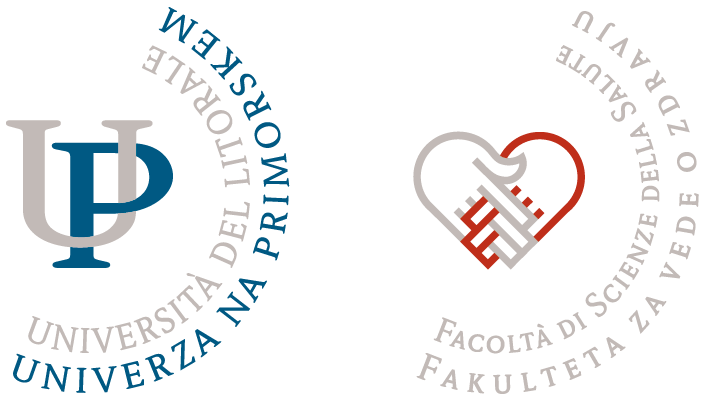Content
- Lectures: 33 hours
- Independent work: 57 hours
Subject carrier
Description
LECTURES:
• Introduction: anatomy types, body orientation, body cavities, introduction to body structure, presentation of organ systems.
• Tissues: tissue types and their main characteristics, examples.
• Individual organ systems.
• Skin: structure, characteristics, functions.
• Nervous system: structure and functions; central nervous system (brain, spinal cord), brain cavities, meningae, cerebrospinal fluid, peripheral nervous system (autonomic and somatic nervous systems), differences in structure and function, reflexes.
• Sense organs: division and role of sense organs, anatomical and histological characteristics and sensory pathways, vision organ, hearing and balance organ, smell organ, taste organ and sense organs in the skin.
• Endocrine glands: connection with nervous system, overview of endocrine glands with position, structure, hormones and their main functions.
• Circulatory system: structure and function of the cardiovascular and lymphatic systems; heart, heart wall structure, heart structure, heart valves, conduction system, blood vessels, circulatory system, main arteries and veins; blood: functions and structure, description of blood cells; lymphatic vessels, lymphatic organs and lymph.
• Respiratory system: structure and function, respiratory tract, lungs, pleura, breathing mechanics.
• Gastrointestinal system: structure and function, gastrointestinal tract and description of individual parts, gastroinstestinal glands: salivary glands, liver, pancreas; peritoneum, transport and decomposition of food. Detailed presentation of the system.
• Excretory system: structure and function, secretory organs, urine.
• Sex organs: male: external and internal, ducts, sex hormones function; female: external and internal, sex hormones function, menstrual cycle, fertilization, embryo development. Ectoderm, mesoderm, endoderm.
• Connection of individual systems with the others. Homeostasis.
TUTORIAL:
• Skeleton: structure and functions, histological structure of connective, cartilage and bone tissue, origins of bone tissue, description of the bones of the vertebral column, chest, upper and lower limbs and the skull, bone recognition, connection in functional units. Teeth: tooth shape and structure, deciduous and permanent teeth.
• Connection of bones: luxations and joints, types of movement, presentation of connections in individual regions.
• Muscular tissue: structure and functions, types, structure and functions of skeletal muscles, functional muscle groups with origos, insertions and function.

